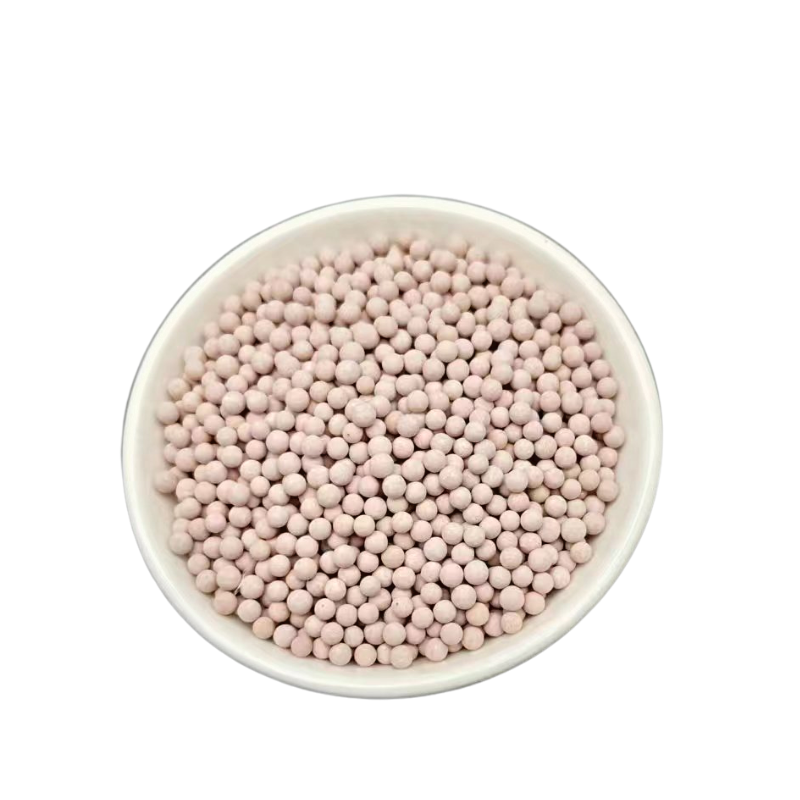
fly ash material
Exploring the Versatile Applications of Fly Ash in Modern Construction
Fly ash, a byproduct of coal combustion in power plants, has emerged as a valuable material in the construction industry. As global awareness of environmental issues and sustainable practices grows, fly ash is increasingly recognized not only for its potential to reduce waste but also for its beneficial properties when used as a supplementary material in concrete and other construction applications.
What is Fly Ash?
Fly ash is a fine powder consisting largely of spherical glassy particles that result from the burning of pulverized coal in electric power generating plants. Depending on the source of the coal and the specific combustion processes used, fly ash can vary in its chemical composition and physical properties but is primarily made up of silica, alumina, and iron oxide.
Benefits of Using Fly Ash in Concrete
One of the most significant applications of fly ash is in concrete production. The incorporation of fly ash into concrete comes with numerous advantages
1. Enhanced Durability Fly ash can improve the durability of concrete. The pozzolanic properties of fly ash help in reducing permeability, leading to better resistance against sulfate attacks, chlorine intrusion, and other harmful chemicals.
2. Reduced Carbon Footprint Utilizing fly ash in concrete not only minimizes the environmental impact of concrete production but also reduces the carbon footprint associated with cement manufacturing. Traditional Portland cement production is energy-intensive and contributes significantly to CO2 emissions. By replacing a portion of cement with fly ash, the overall greenhouse gas emissions associated with a concrete mix can be substantially lowered.
3. Improved Workability Fly ash contributes to improved workability of concrete mixtures, as its fine particles improve the flow and consistency during mixing and placement, making it easier for contractors to work with.
4. Cost-Effectiveness Incorporating fly ash can also lead to cost savings in construction projects. By partially replacing cement with fly ash, contractors can reduce material costs, which can be particularly beneficial in large-scale construction projects.
fly ash material

Additional Applications Beyond Concrete
The versatility of fly ash extends beyond its use in concrete. Various innovative applications have been developed, including
1. Lightweight Fill Material Fly ash can be used as a lightweight fill material in various applications, such as backfill for roadways and embankments. Its low density reduces the load on underlying soils, making it an attractive option for foundations and other structures.
2. Soil Stabilization The pozzolanic properties of fly ash can enhance soil properties when used in soil stabilization processes. This is particularly useful in unpaved roads, where improved stability and load-bearing capacity are desired.
3. Geopolymer Production Fly ash can be activated with alkaline solutions to produce alkali-activated materials or geopolymers, which have been recognized for their potential to replace traditional cement in construction applications. Geopolymers demonstrate excellent durability, chemical resistance, and lower environmental impact.
4. Asphalt Mixtures In road construction, fly ash is increasingly being used in asphalt mixtures. It has been found to improve the performance of hot mix asphalt, providing better resistance to moisture damage and enhancing overall longevity.
Challenges and Considerations
Despite its many benefits, there are challenges associated with using fly ash. Variability in the quality and characteristics of fly ash from different sources can lead to inconsistent performance in concrete. Additionally, the presence of unburned carbon in some fly ashes can affect the color and workability of concrete mixtures.
Conclusion
As the construction industry seeks sustainable practices and innovative materials, fly ash presents a compelling solution. Its ability to enhance concrete durability, reduce environmental impact, and provide cost savings makes it a valuable asset in modern construction. As research and technology continue to evolve, the potential applications of fly ash are likely to expand, playing a crucial role in the transition toward more sustainable building practices. By embracing fly ash and similar materials, the construction industry can contribute to a greener and more sustainable future.
Share
-
Fly Ash Solutions Enhanced by GPT-4 Turbo | Sustainable InnovationNewsAug.01,2025
-
Natural Premium Bentonite Cat Litter - Superior ClumpingNewsJul.31,2025
-
Premium Resin Coated Sand - High Heat Resistance CastingNewsJul.31,2025
-
High Quality Silicon Carbide Grit for Abrasive ApplicationsNewsJul.30,2025
-
High-Quality Ceramsite for Plants & Gardening | Lightweight PebblesNewsJul.29,2025
-
Premium Burgundy Glass Marbles for Vases & Shooter GamesNewsJul.29,2025






